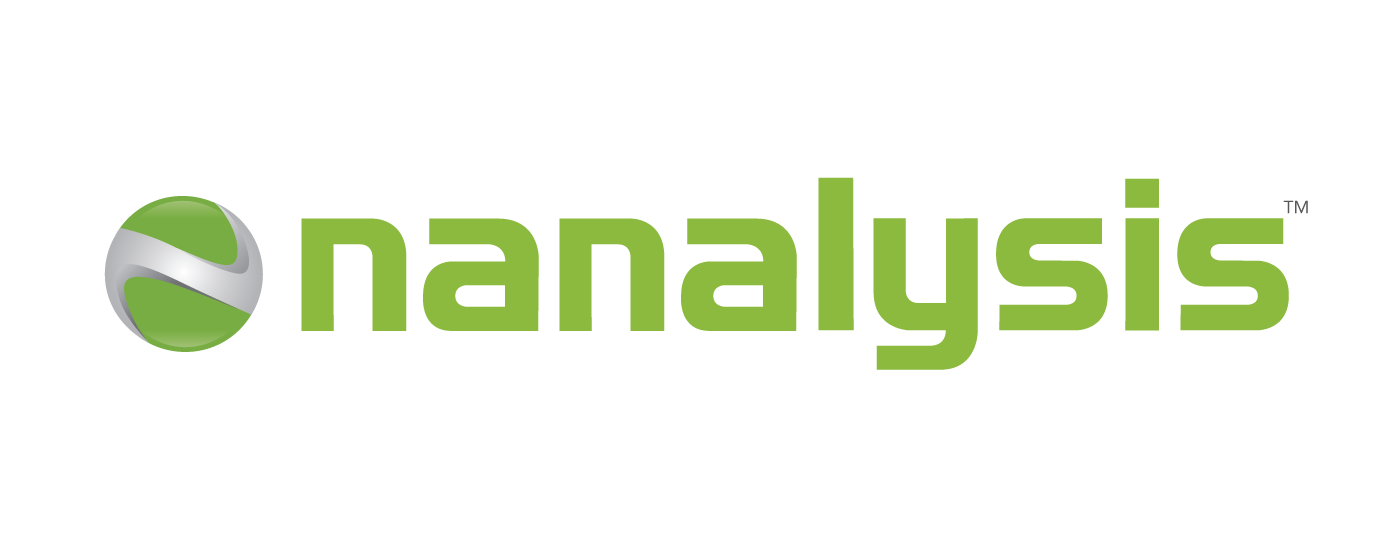Nucleophilic Substitution Reactions and Benchtop NMR
Nucleophilic substitution reactions are frequently performed as an experiment in undergraduate organic chemistry courses. Reactions taking place at saturated carbons are mainly classified as SN1 or SN2, where S stands for substitution, N for nucleophilic, and the number indicates the molecularity of the reaction (1 for a unimolecular process, 2 for a bimolecular process). In the SN2 reaction the attack of the nucleophile and elimination of the leaving group occur simultaneously in a concerted process and its rate is proportional to the concentration of both the alkyl halide and the nucleophile. In contrast, the SN1 reaction involves two separate steps: first slow dissociation of the leaving group to generate a carbocation intermediate followed by rapid attack of the nucleophile to form a new bond. Since the first step is rate-determining, the rate depends only on the concentration of the alkyl halide. Whether the nucleophilic substitution proceeds via the SN1 or SN2 mechanism as well as the rate of the reaction is dependent on several factors including the structure of the alkyl halide, the leaving group, the nucleophile, and the solvent.
Figure 1. Mechanism of an SN2 reaction.
If you had to take organic chemistry in your undergraduate program I am sure you did an experiment that studied the two mechanisms. In those reactions qualitative observations were used to study the two mechanisms. For instance, addition of a solution of NaI in acetone to several alkyl halides is frequently used to study the factors that influence an SN2 reaction. The rate of the reactions is determined by the formation of NaX, which precipitates out of solution (Figure 2). This usually leads to discrepancies between students because the formation of the precipitate is not something they can quantify and highly dependent on the person that it is observing the experiment. If you were a teaching assistant in one of those organic labs I’m sure you had to suffer through the same questions every term: is this a precipitate? or the solution is turning cloudy or is the reaction done? etc. etc.
Figure 2. Test tubes containing several alkyl halides after the addition of NaI in acetone.
With the NMReady you can actually obtain quantitative data in a nucleophilic substitution reaction. This has been demonstrated in one of our Application Notes so in this blog I just want to highlight one of those experiments. The leaving group in the alkyl halide is one of the most important factors controlling the mechanism of the reaction. To evaluate that effect, 1-chlorobutane, 1-bromobutane, and 1-iodobutane were used as electrophiles and triphenylphosphine as the nucleophile. Figure 3 shows the stacked spectra and Table 1 shows the ratio between the unreacted starting material and the phosphonium product.
Figure 3. 31P{1H} NMR spectra of a series of reactions between alkyl halides and triphenylphosphine.
The results show that alkyl halides with larger, more polarizable halides are more reactive substrates in SN2 reactions with 1-chlorobutane and 1-iodobutane at the extreme ends of reactivity. The first one shows no reaction at all while the second essentially gave a 100% yield of the phosphonium salt product.
In the Applications Note we have investigated in more detail the role of the most important factors determining the rate of an SN2 reaction. Please check it out and don’t hesitate to contact us if you have any questions.



